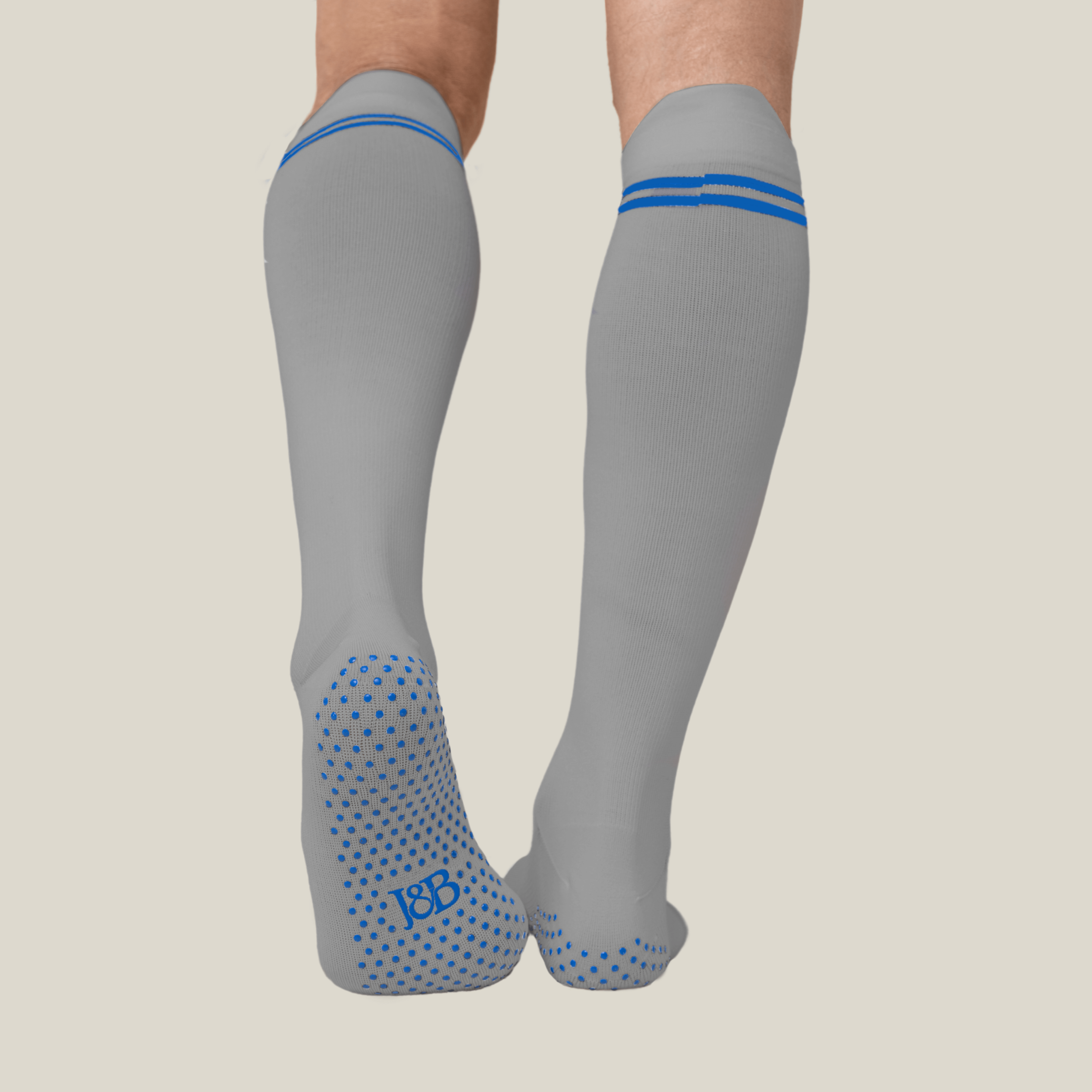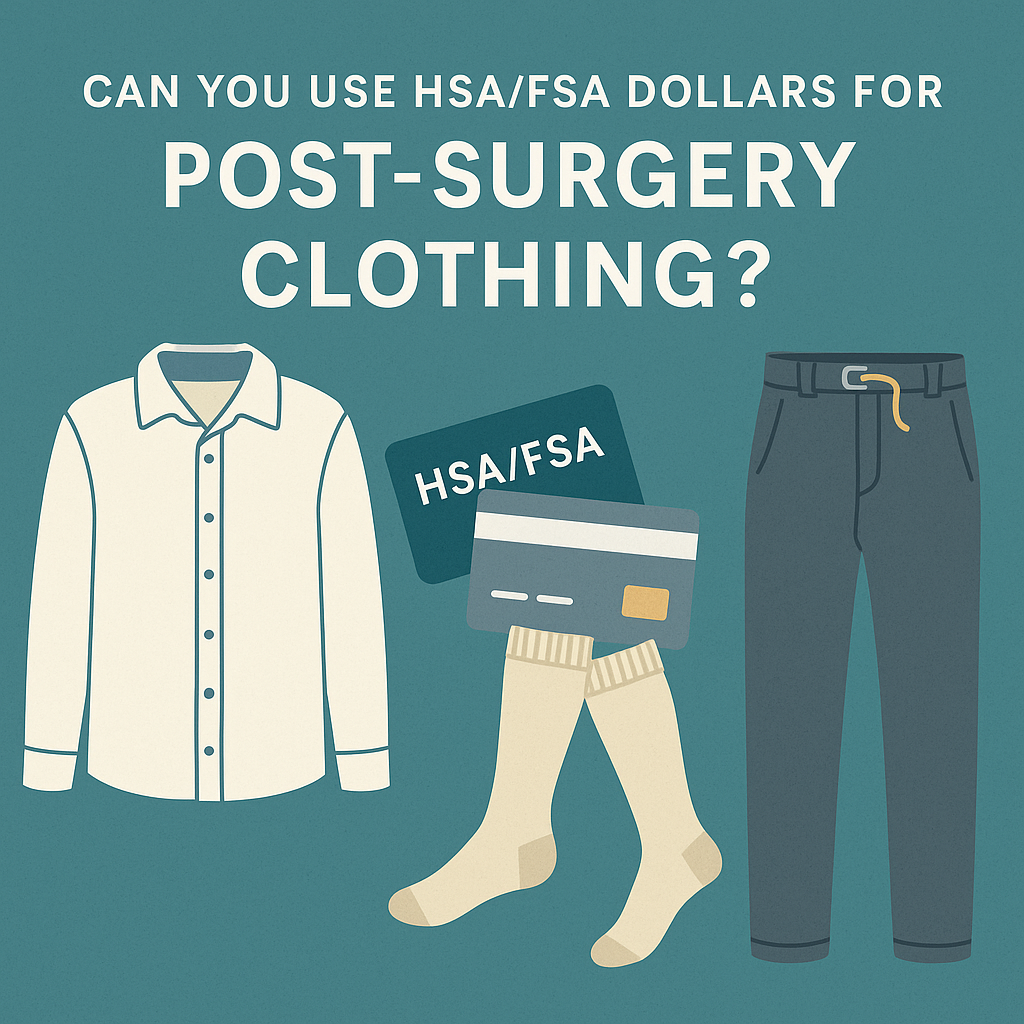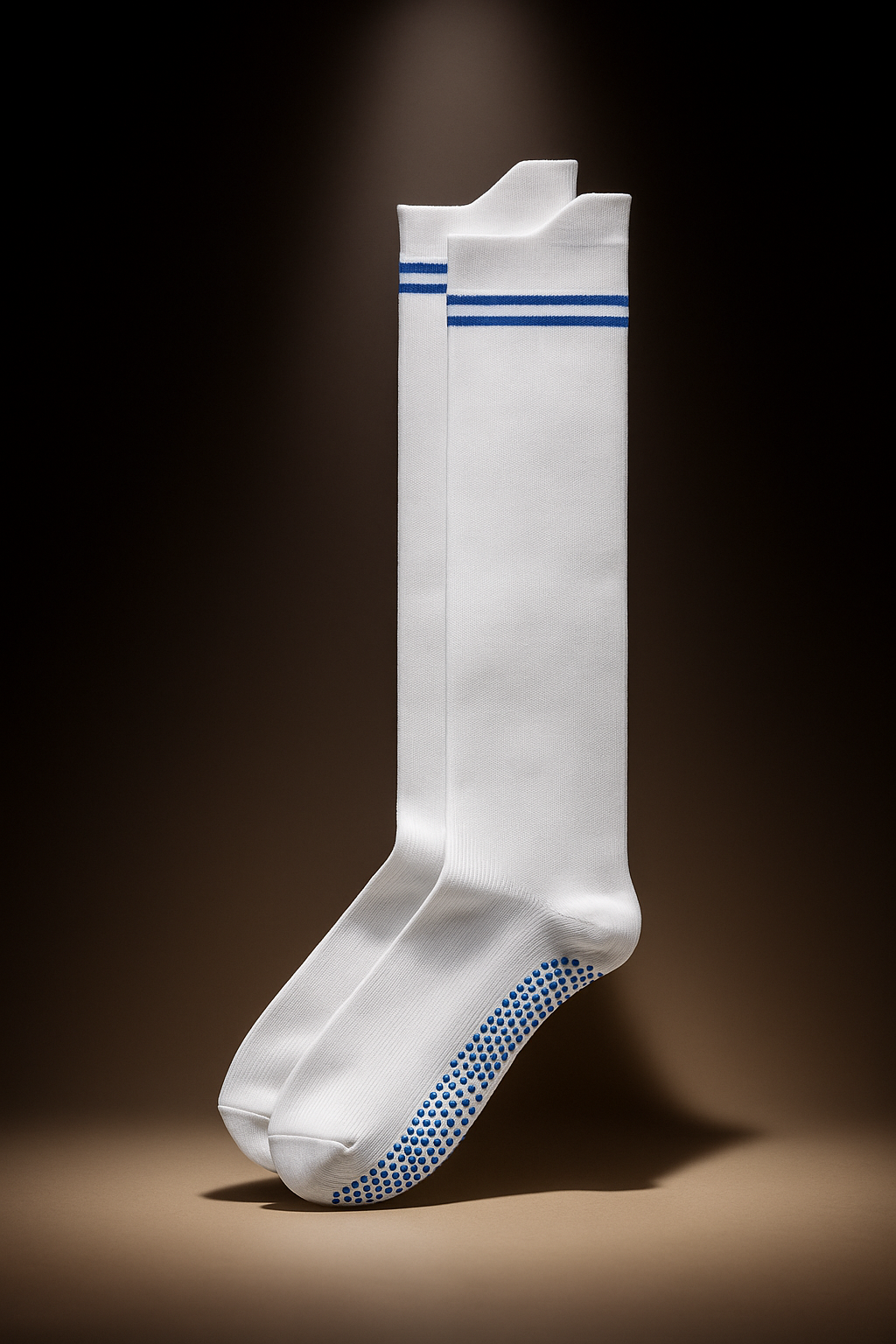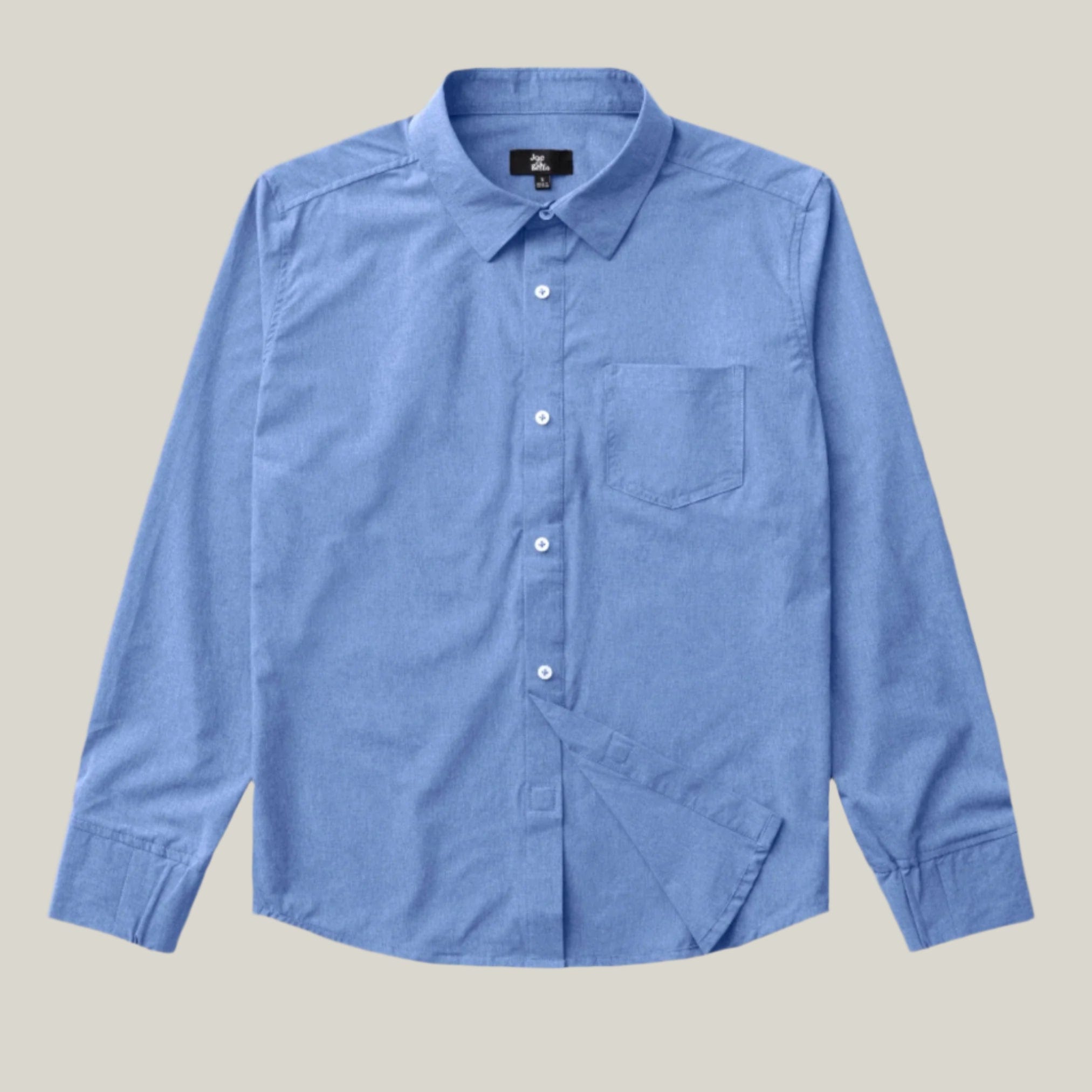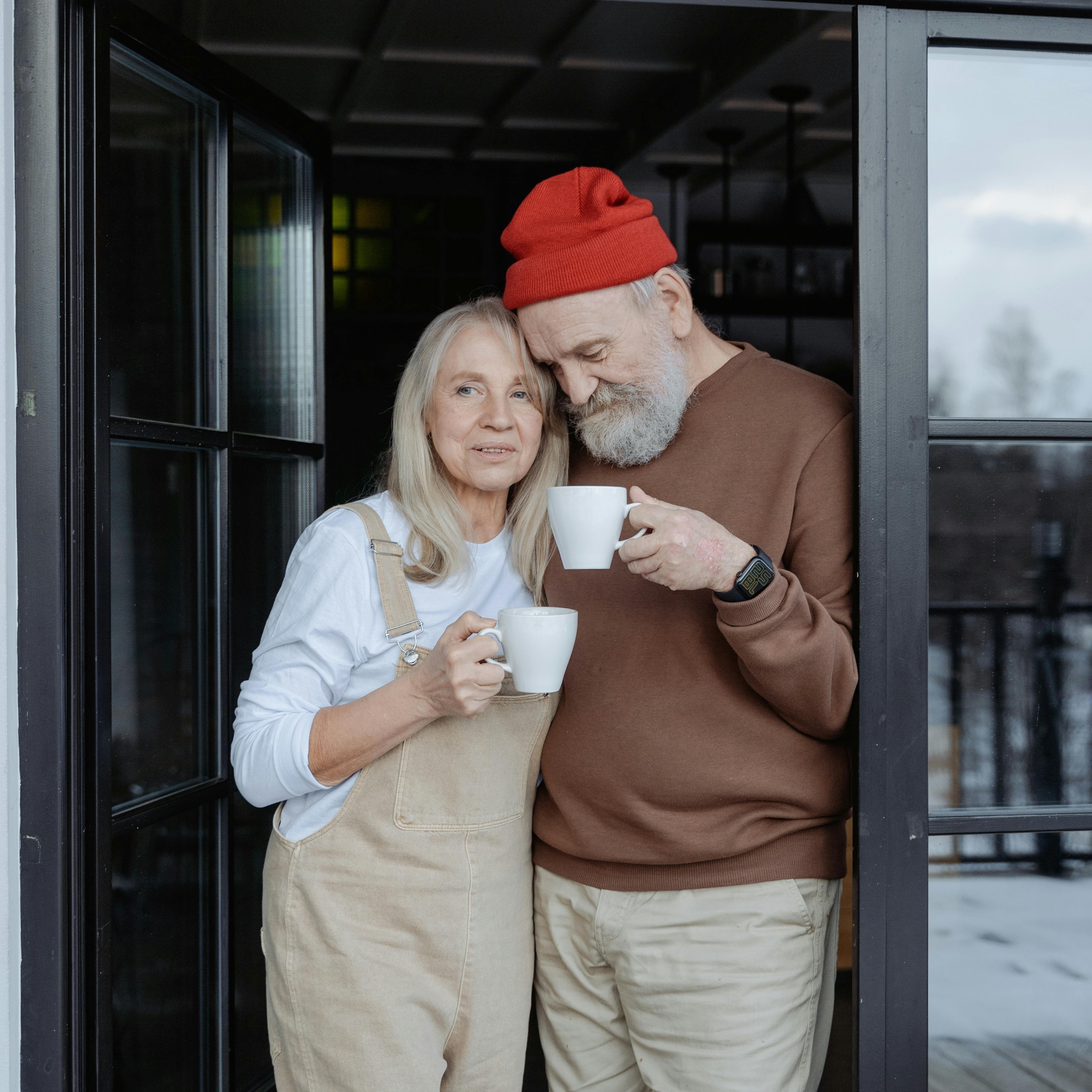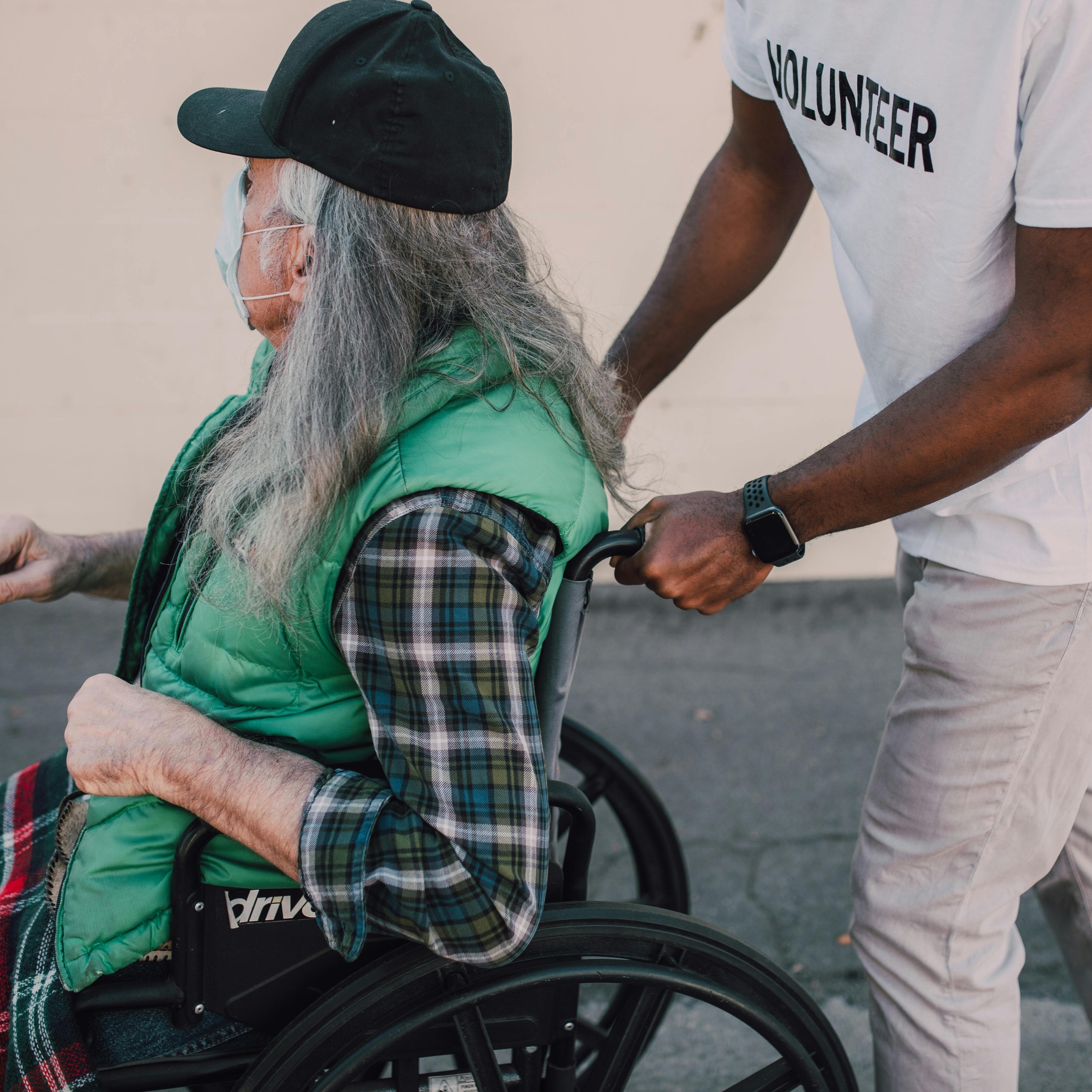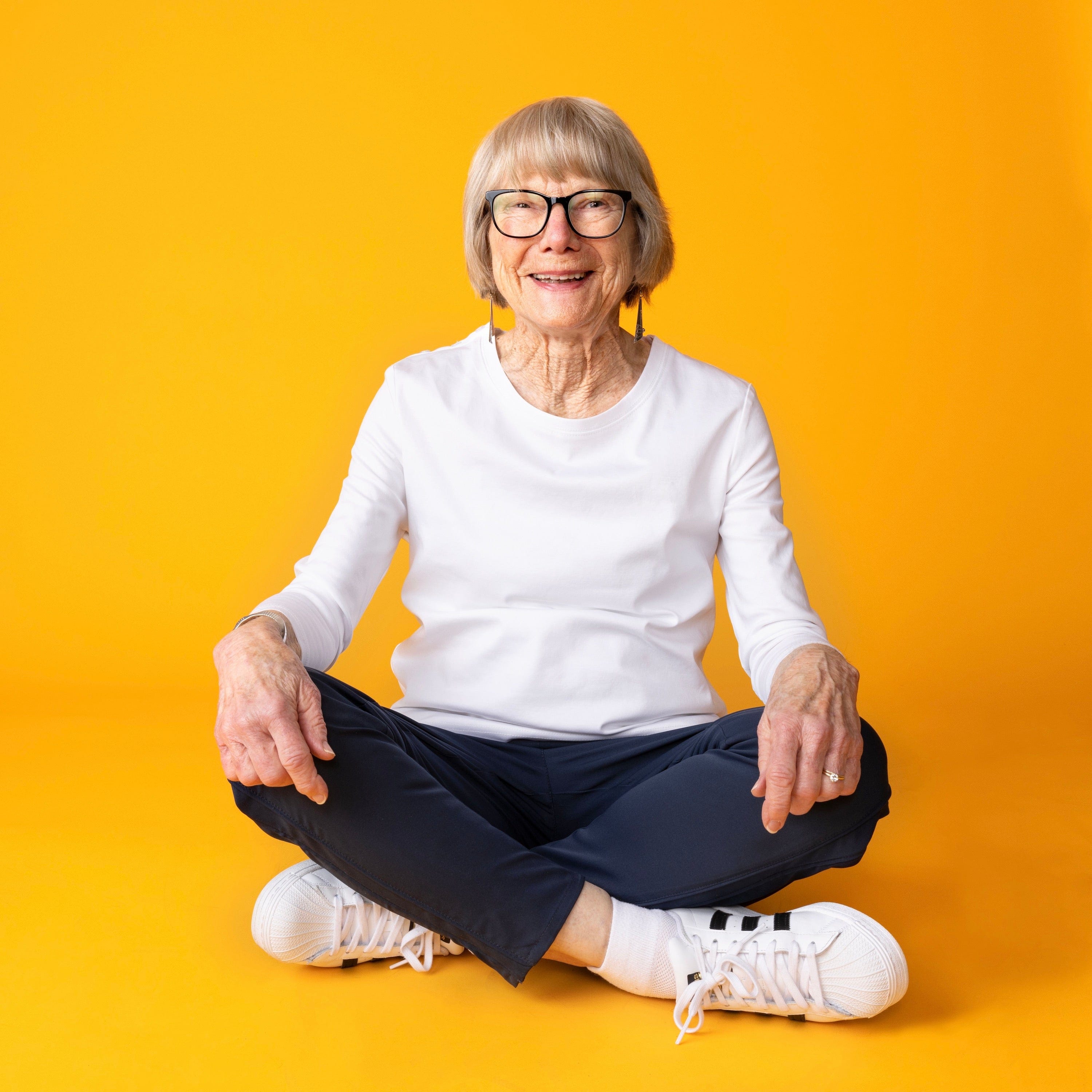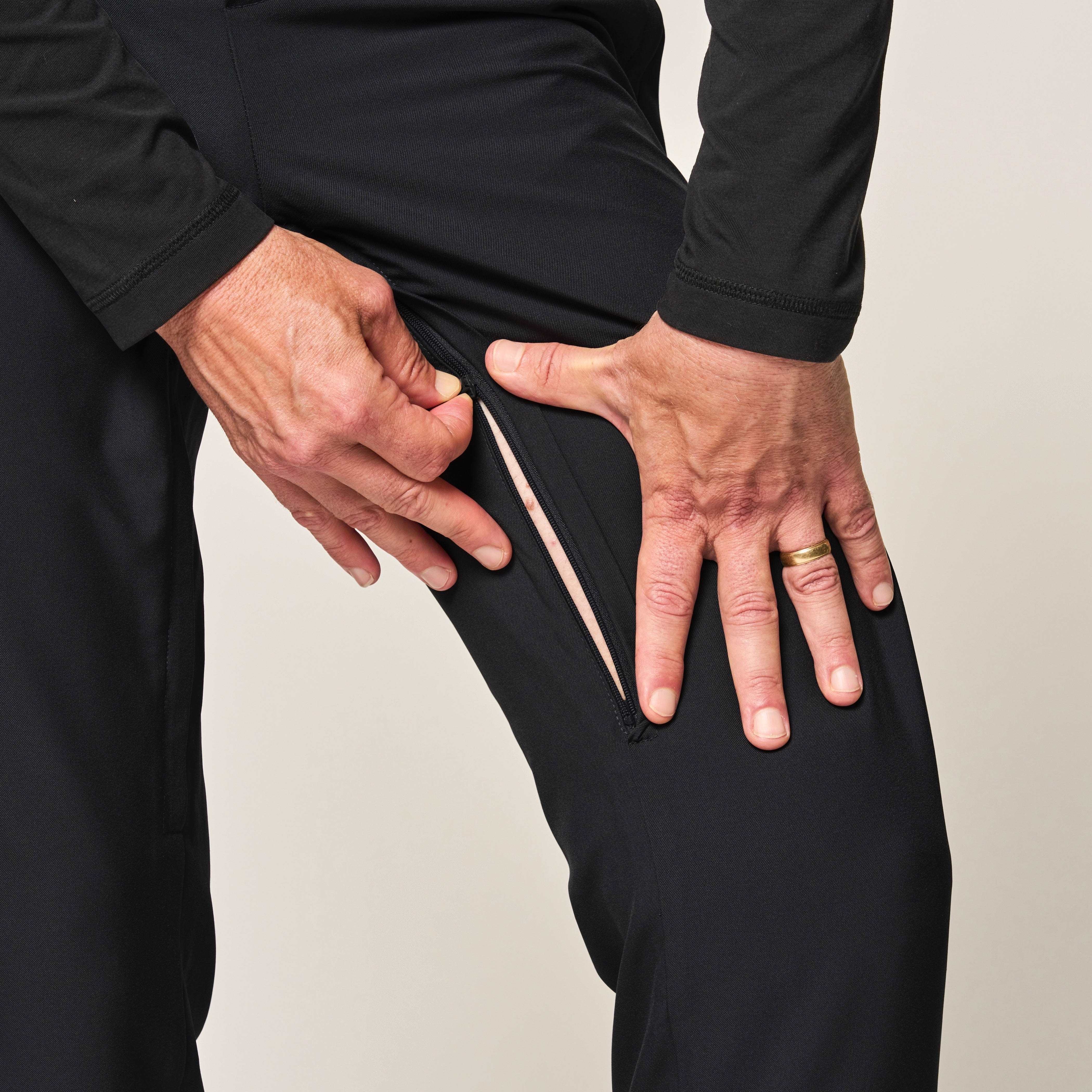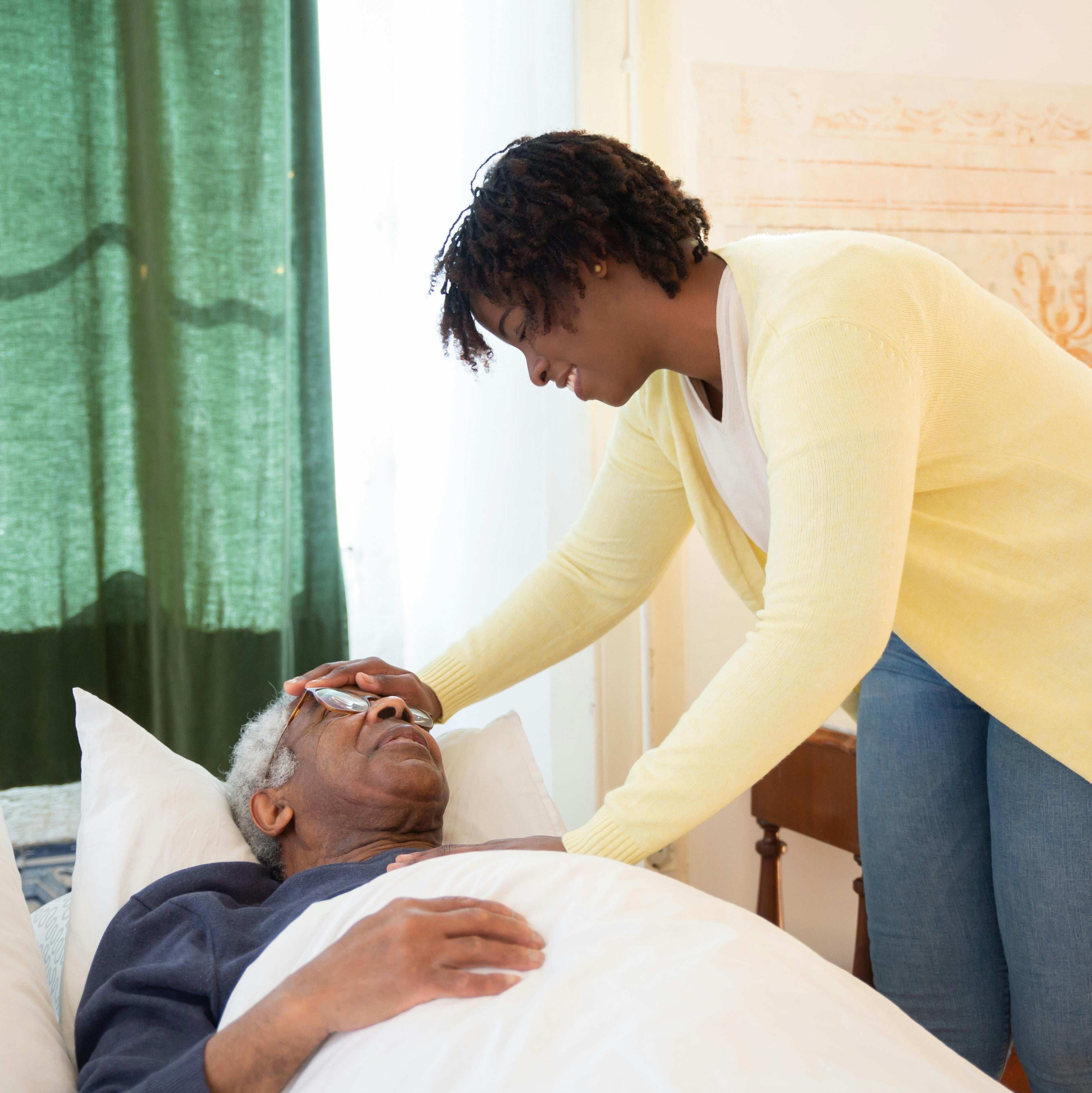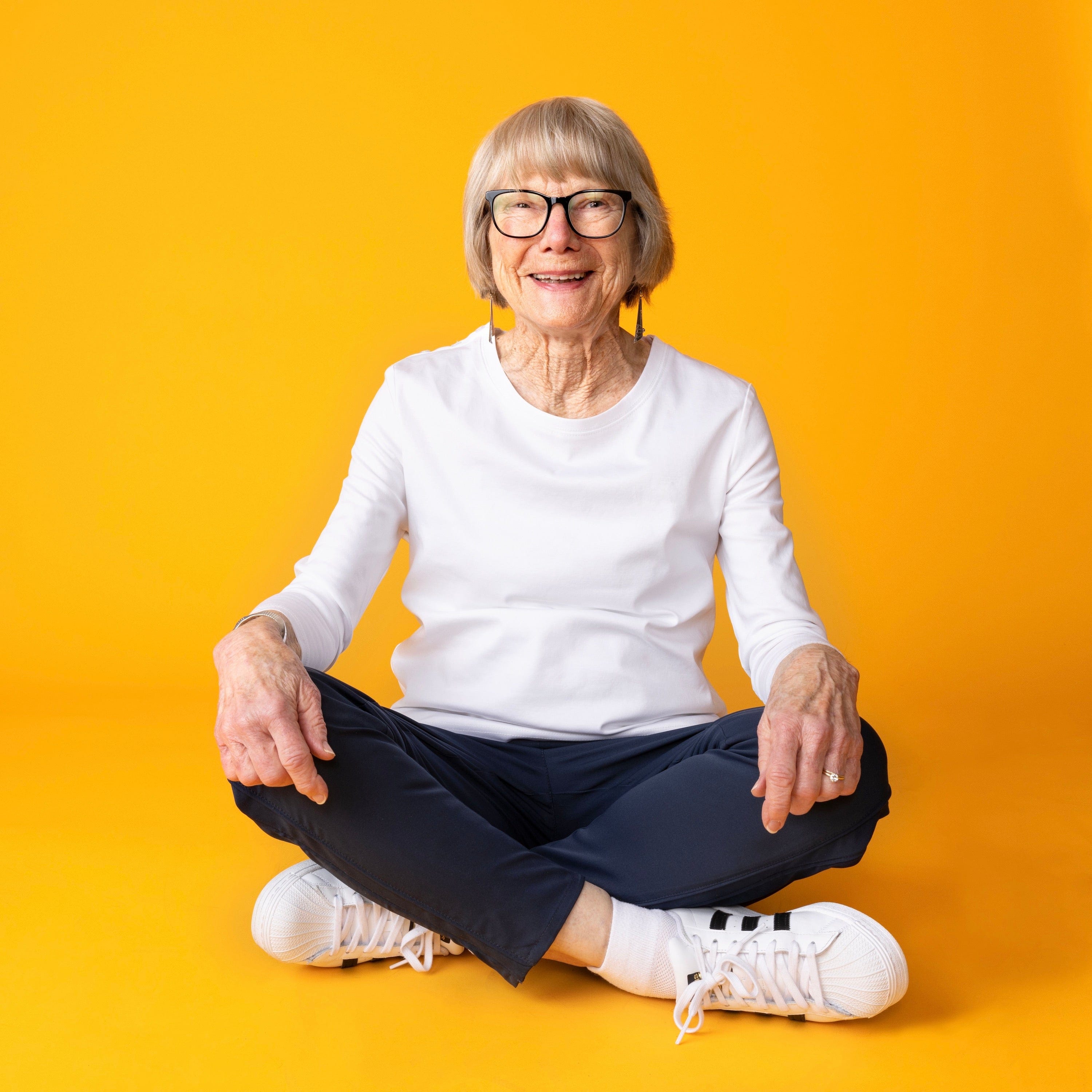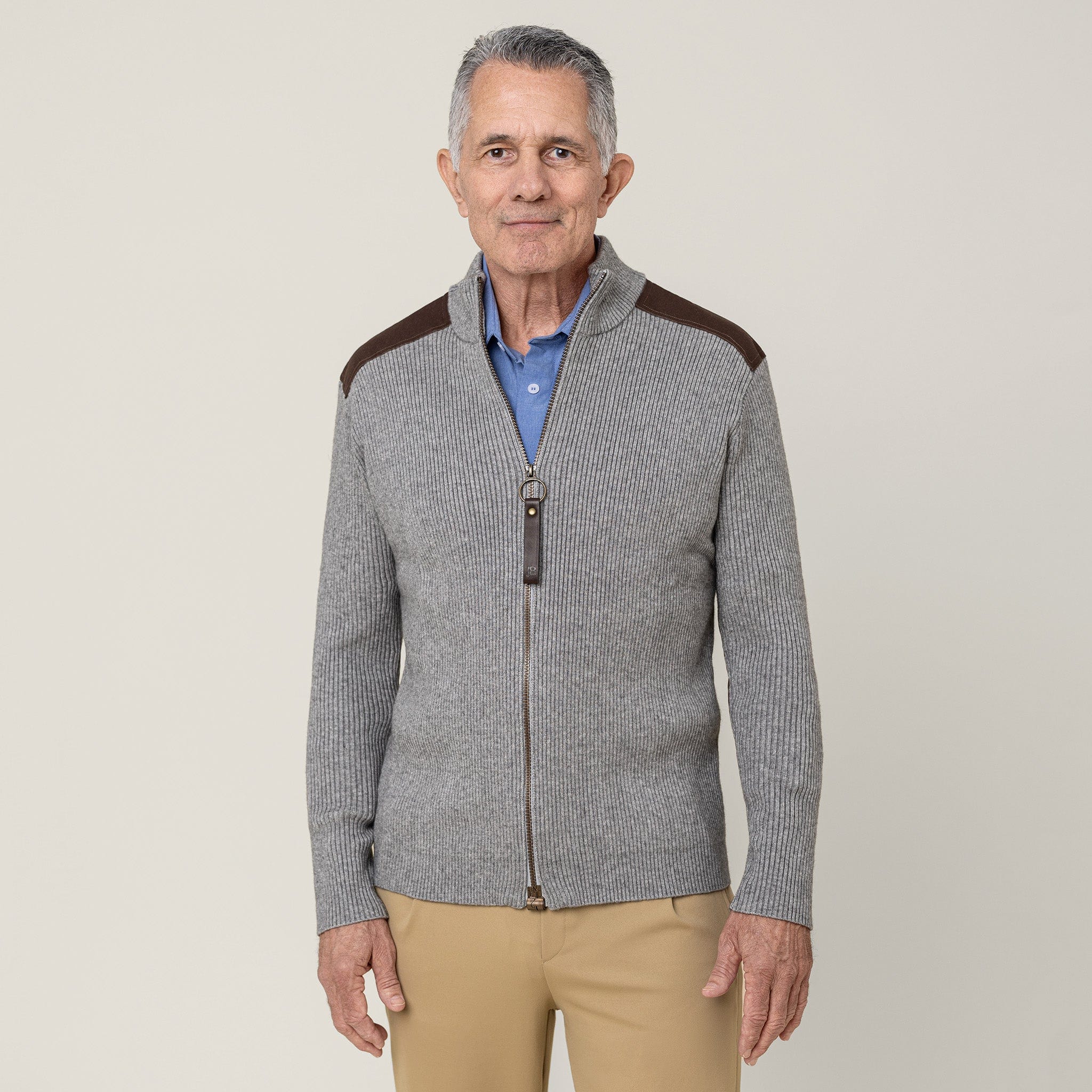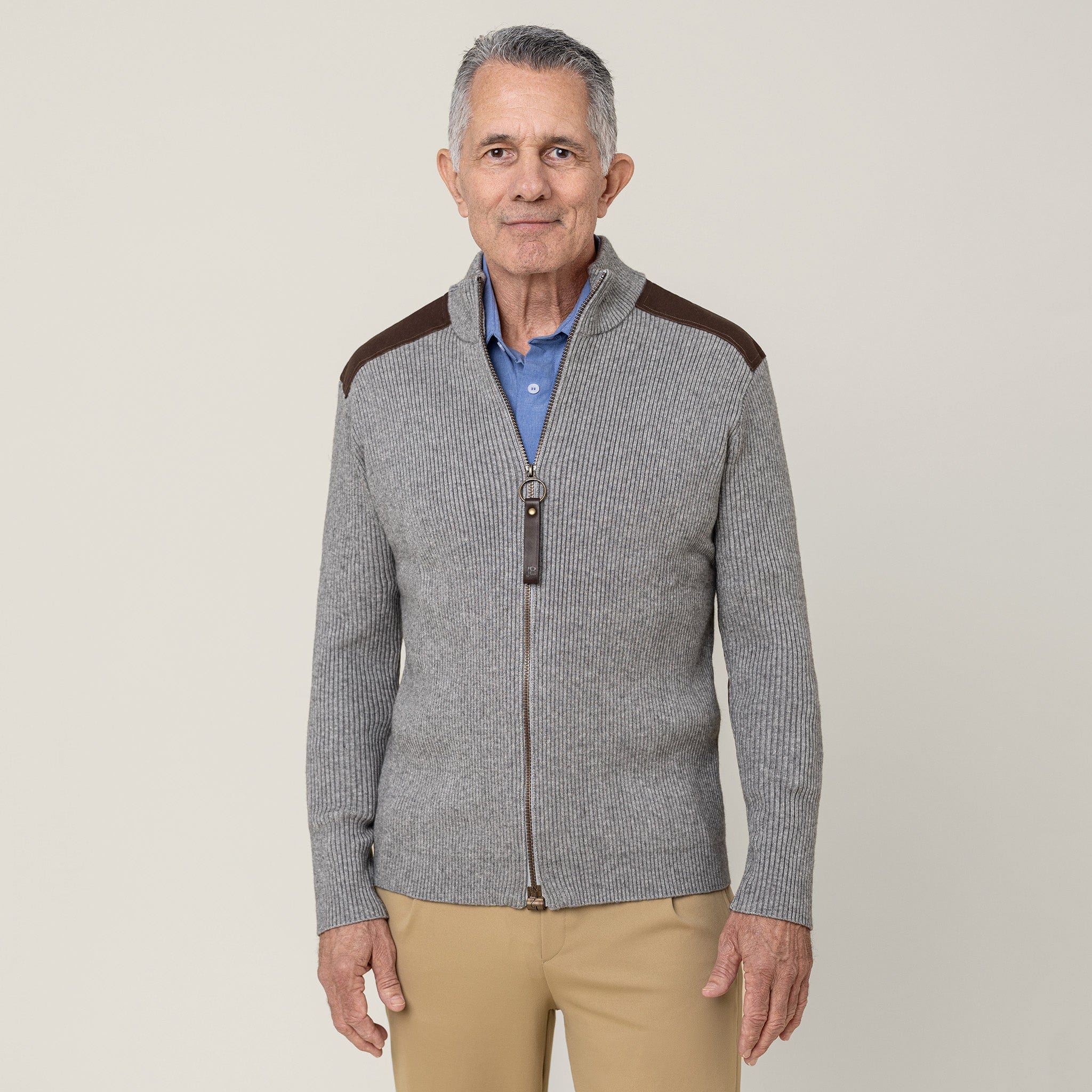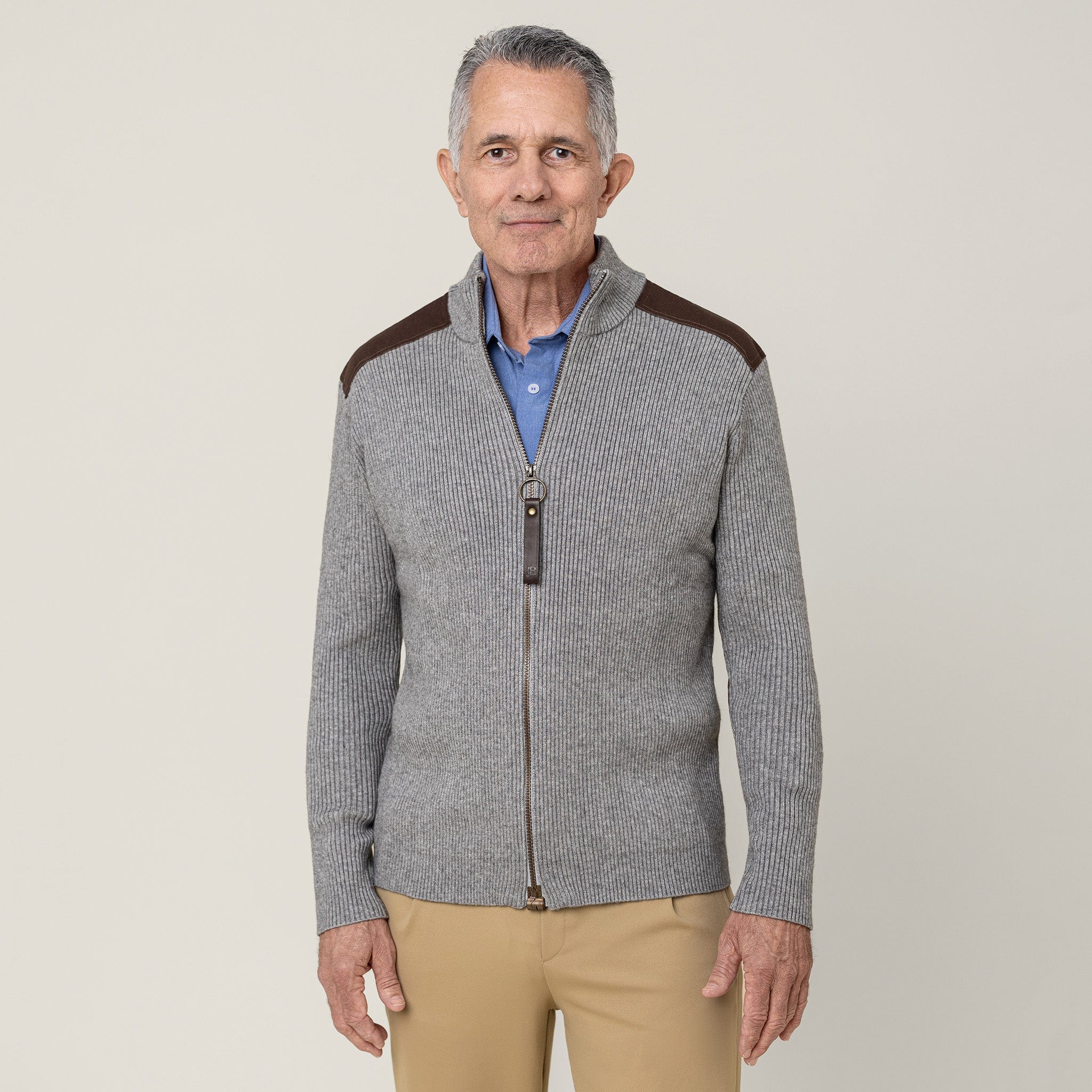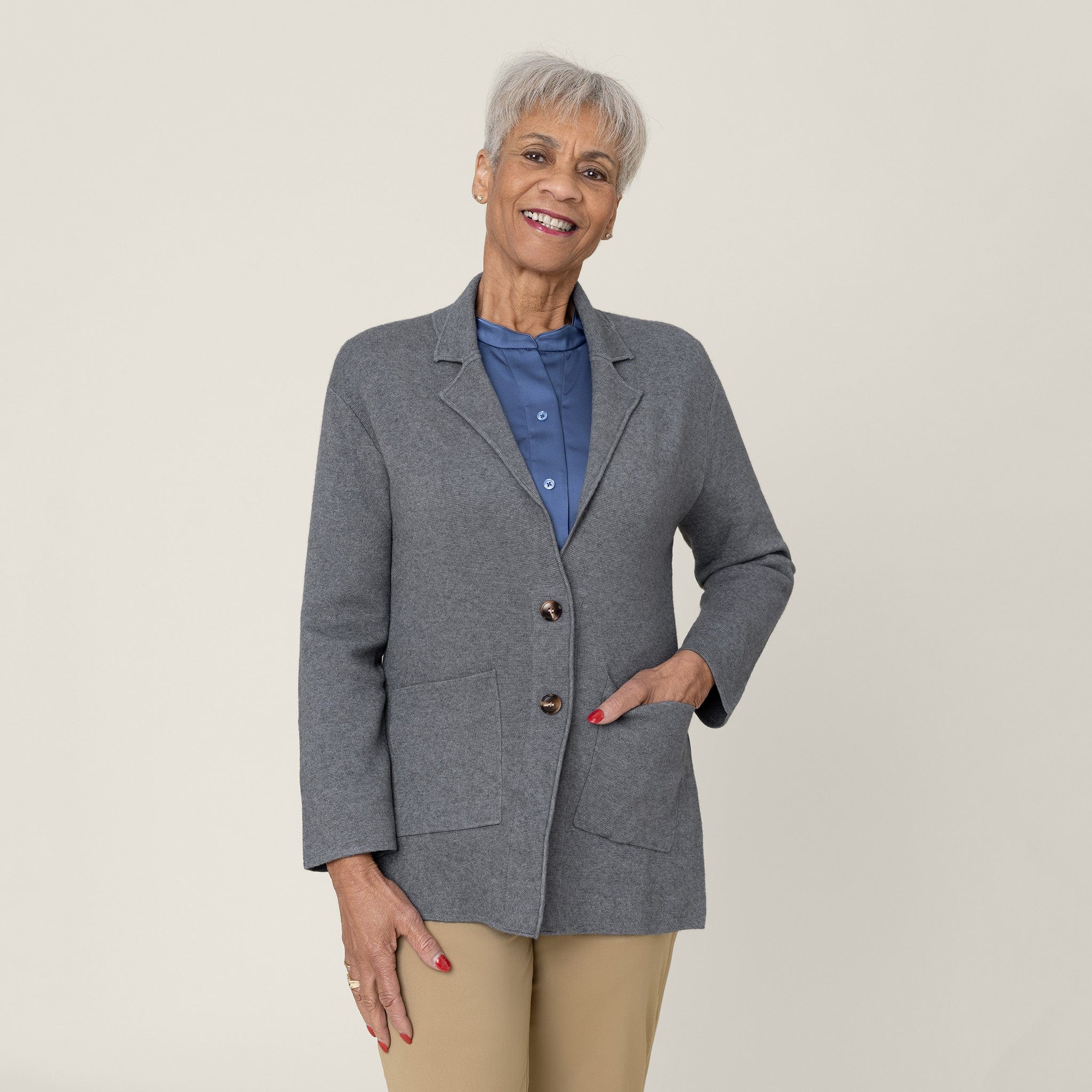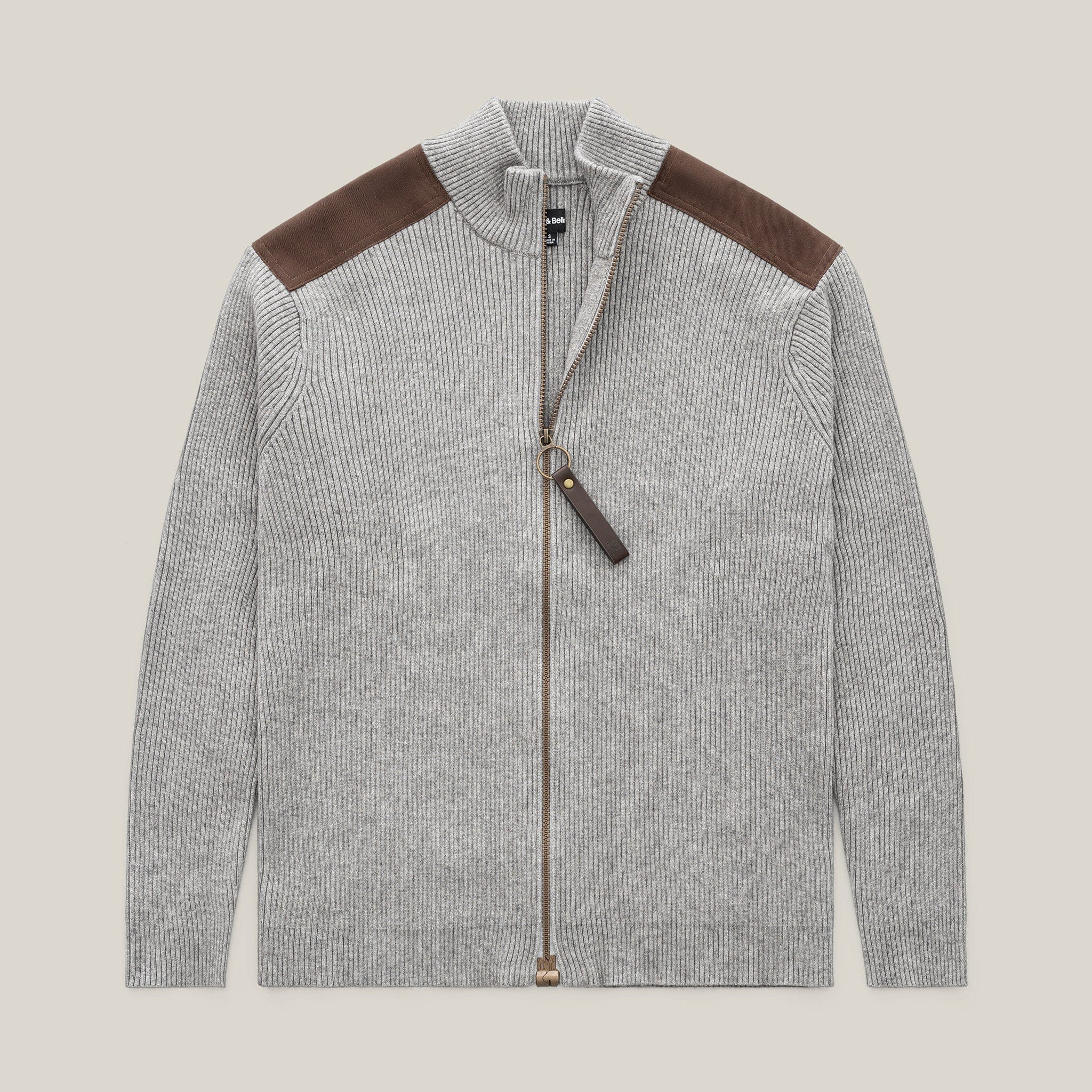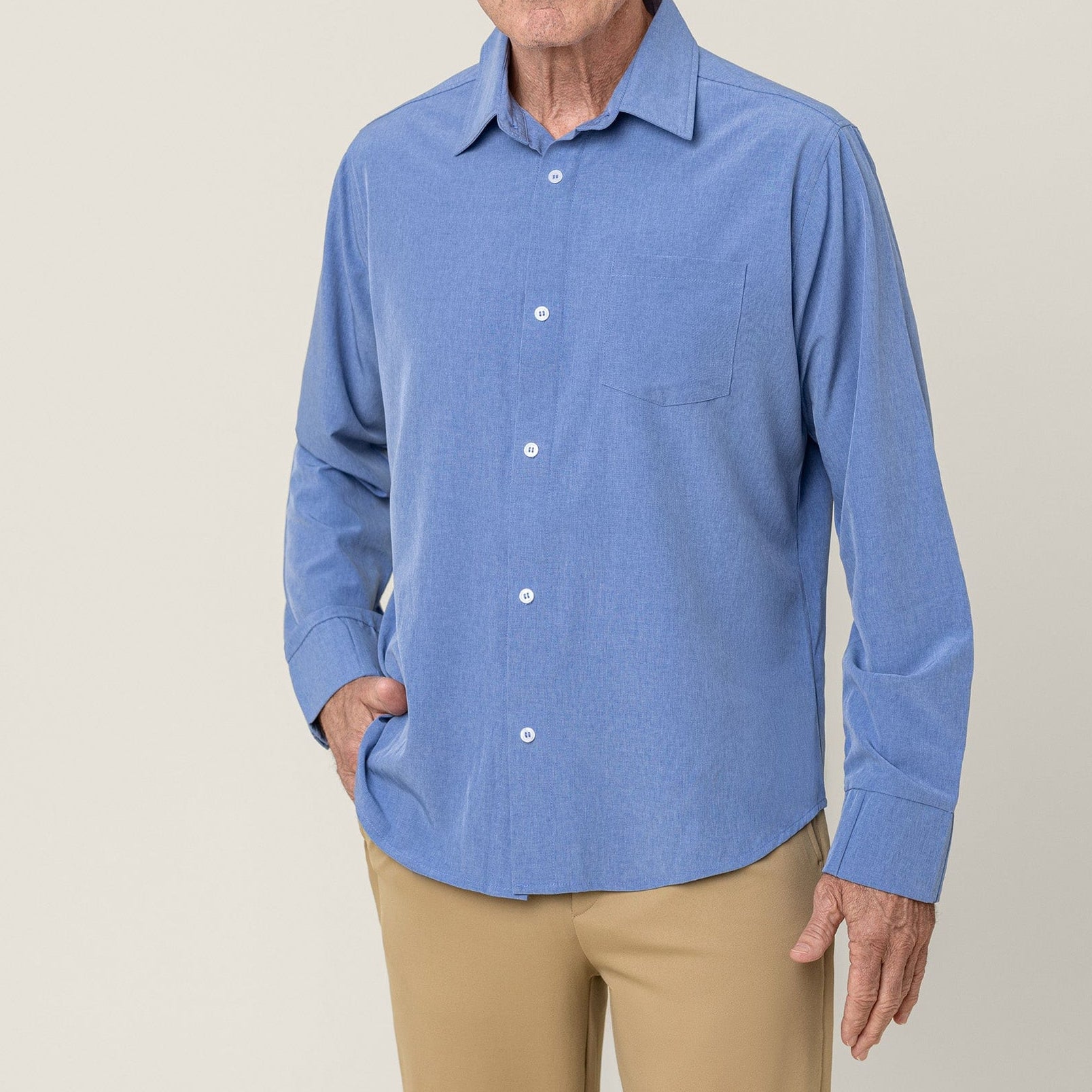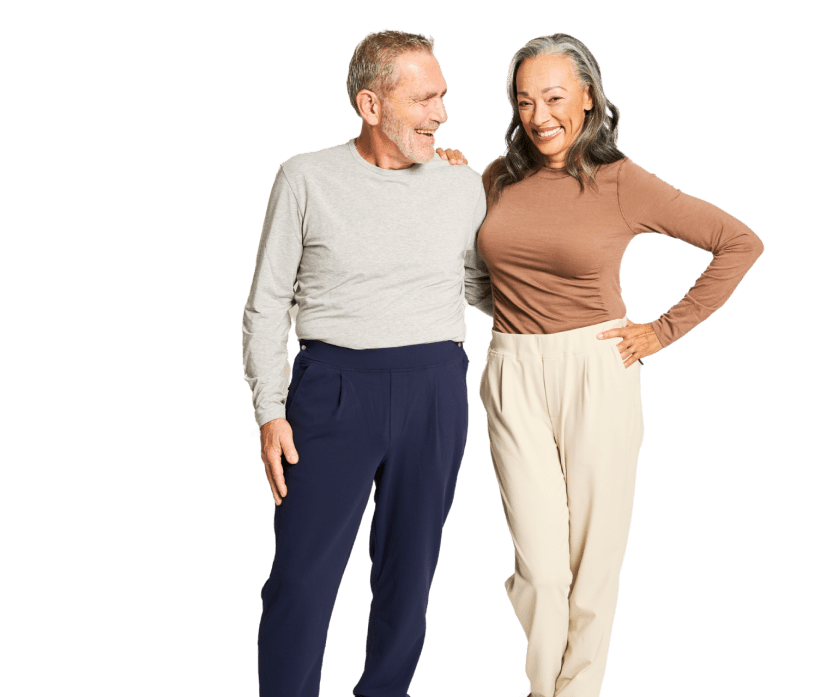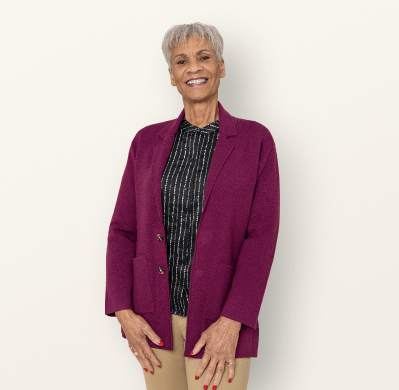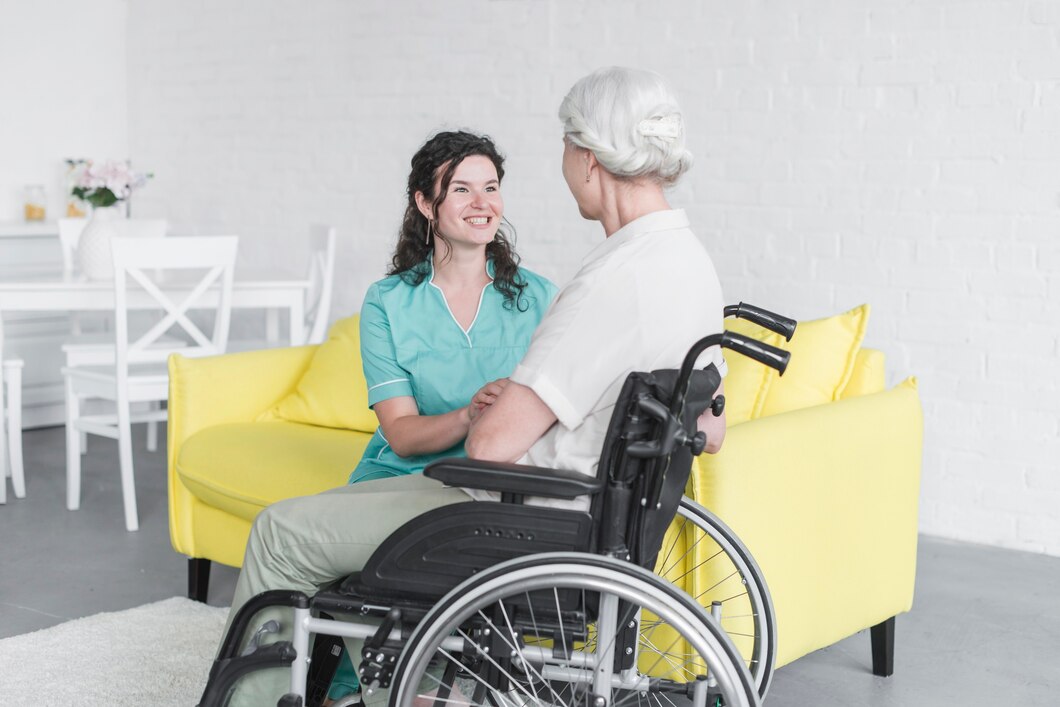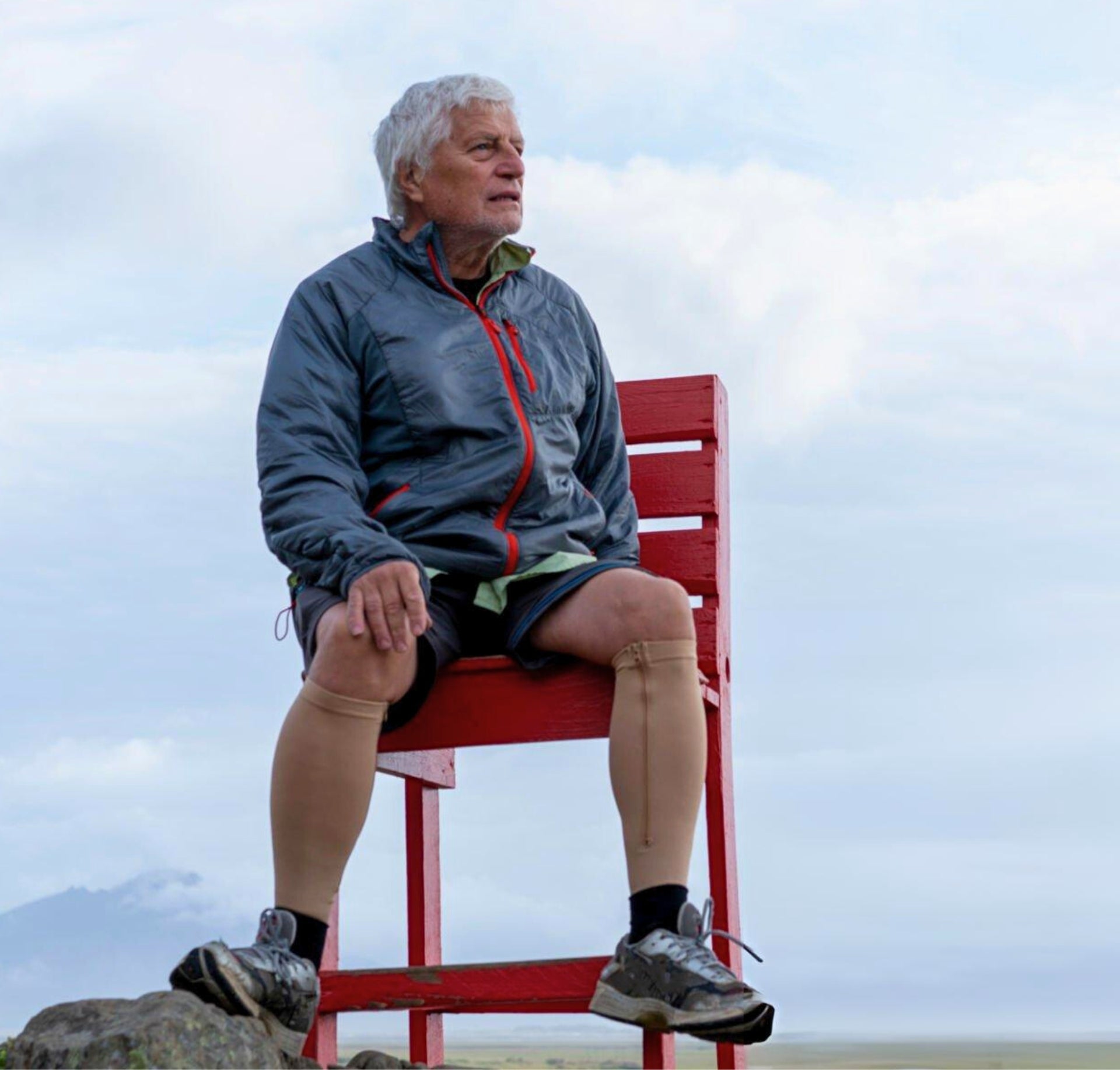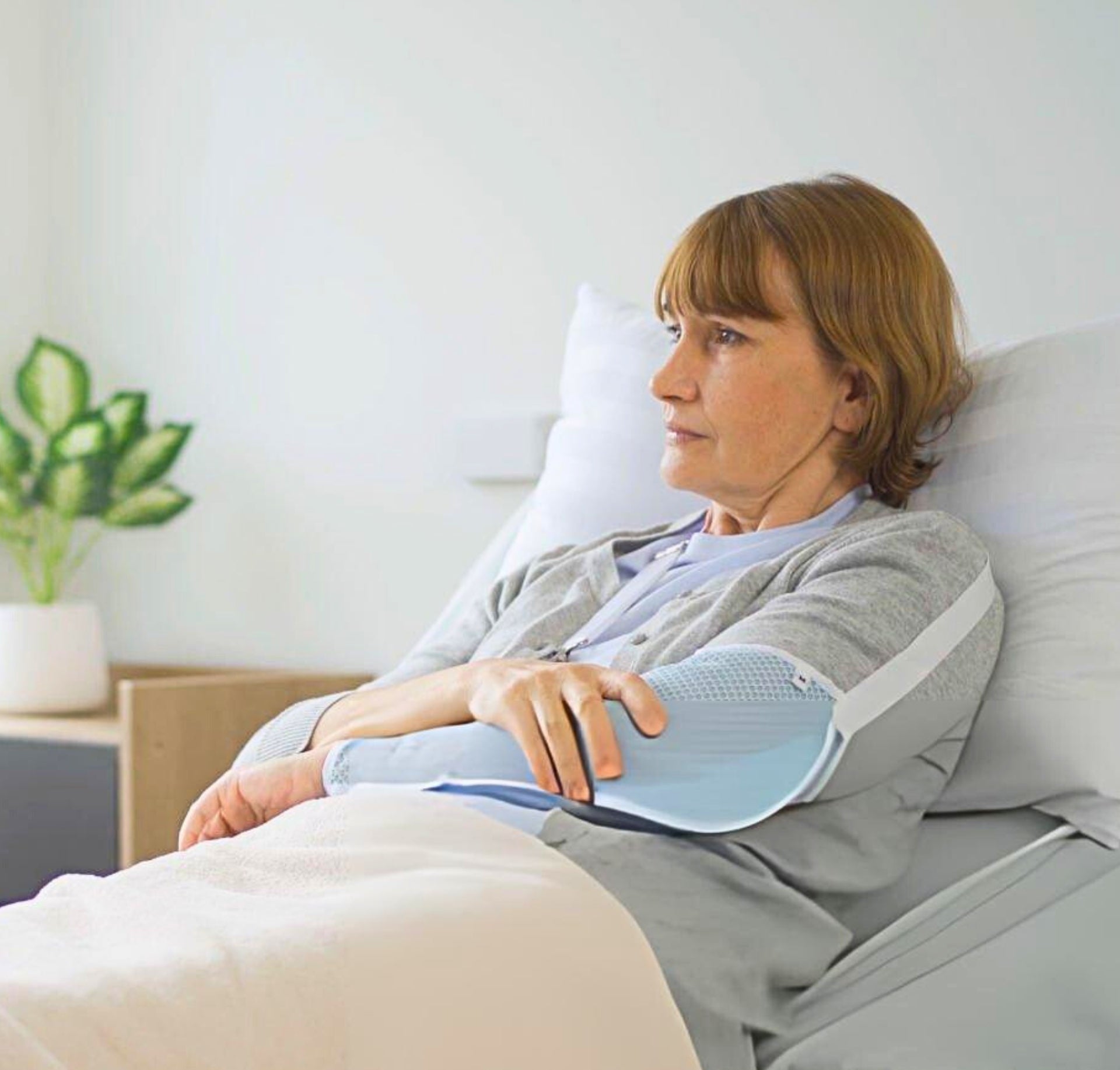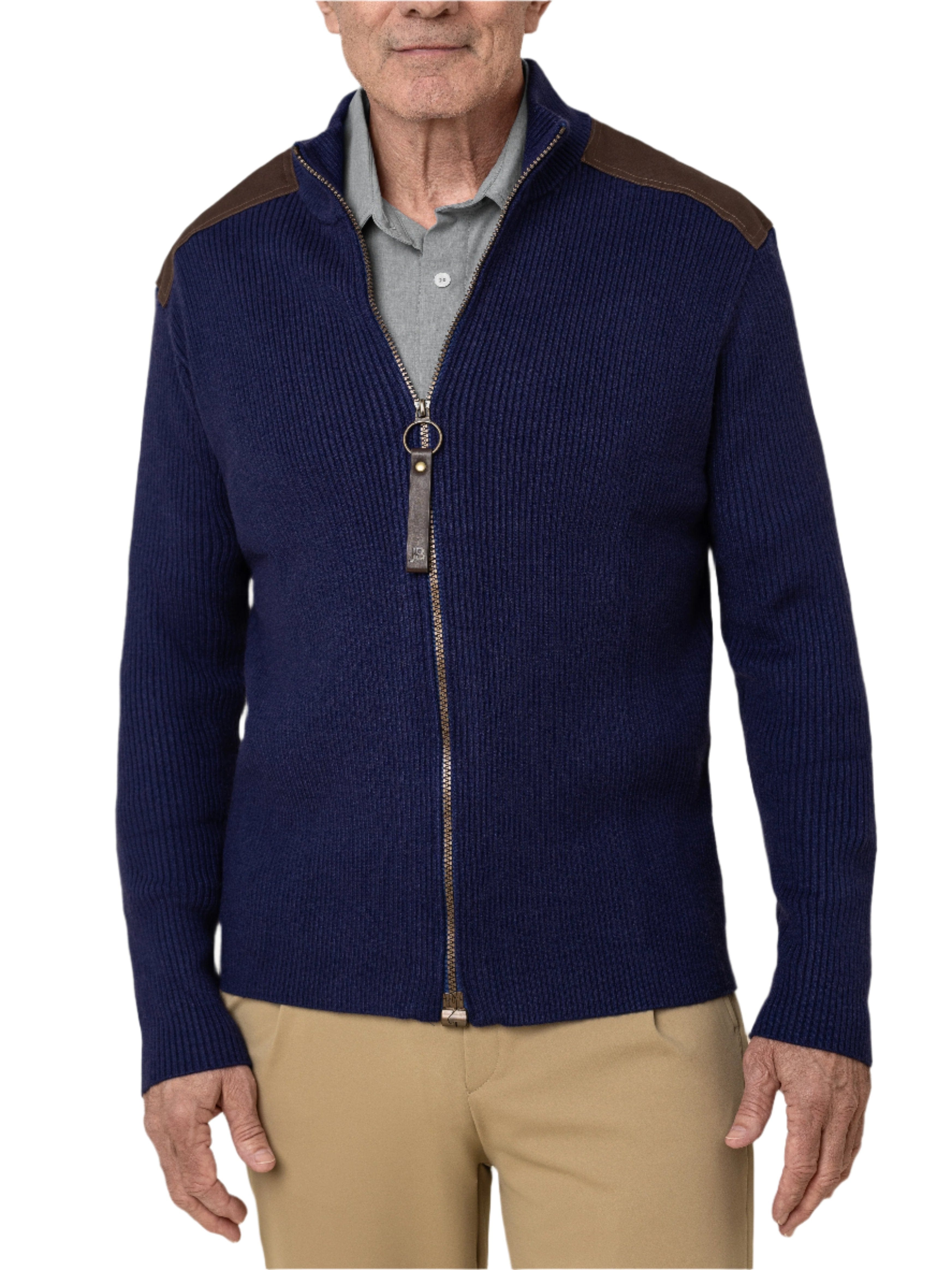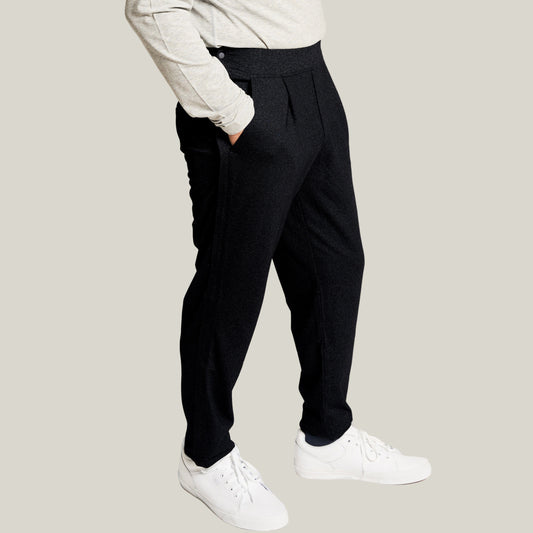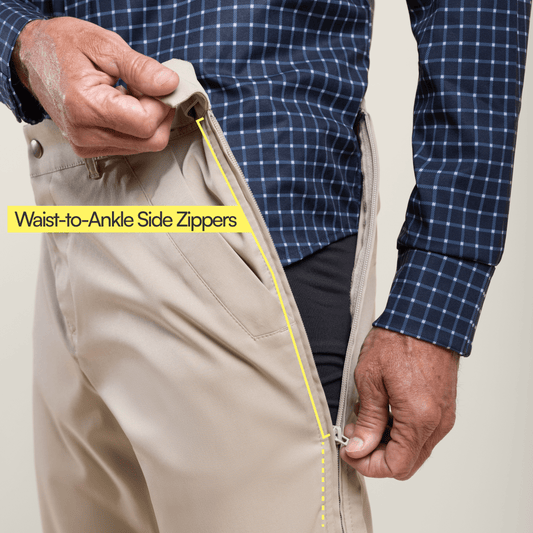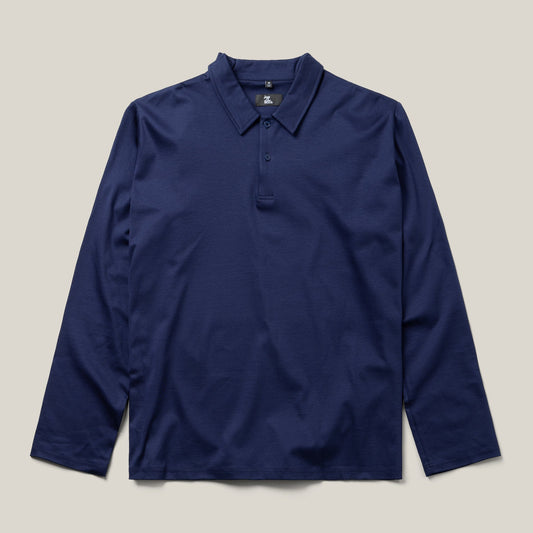As the winter months approach, it's essential to ensure that older adults are well-prepared with appropriate clothing to keep them warm, comfortable, and safe. Seniors are more vulnerable to cold weather due to reduced circulation, decreased muscle mass, and sometimes limited mobility, making them more susceptible to conditions like hypothermia and frostbite.
Choosing the right winter clothes for the elderly involves more than just picking up a warm jacket; it requires considering their specific needs for insulation, ease of dressing, safety, and moisture control. In this guide, we’ll explore the best options for winter clothes for the elderly and provide tips on selecting the most suitable pieces to help them stay warm and comfortable all season long.
Key Considerations for Winter Clothing for The Elderly
When selecting winter clothes for elderly individuals, several factors should be taken into account to ensure they remain warm, safe, and comfortable. The following considerations are essential when shopping for winter clothing for seniors:
1. Warmth and Insulation
One of the most critical factors when choosing winter clothing for the elderly is warmth and insulation. As seniors often have reduced body fat and muscle mass, their bodies are less capable of retaining heat, making them more susceptible to the cold.
- Insulated Materials: Look for clothing items made from insulated materials such as wool, down, or fleece. These materials are known for their excellent heat-retaining properties. Wool is particularly good at keeping warmth in while also wicking moisture away, making it ideal for both warmth and dryness. Down jackets or vests provide significant warmth without adding too much bulk, making them great for layering.
-
Thermal Layers: Layering is a key strategy to maintain warmth. Thermal tops and bottoms made from materials like merino wool or synthetic blends offer an additional layer of insulation close to the skin. Layering allows for easy adjustment to changing indoor and outdoor temperatures, which is crucial for maintaining comfort.
- Adaptive Apparel: Consider winter clothes specifically designed for seniors, such as adaptive apparel that is easy to put on and take off. Adaptive pants, footwear, and tops are tailored to meet the needs of those with limited mobility or dexterity, ensuring they stay warm without the struggle of complicated fastenings.
2. Comfort and Ease of Use
Comfort is paramount for elderly clothes for seniors, especially in winter when the added bulk of warm clothing can make movement more challenging.
- Easy Fastenings: Look for clothing with easy-to-use fastenings such as Velcro, magnetic closures, or large buttons. These features make it easier for those with arthritis or limited hand strength to dress themselves without assistance.
- Soft Fabrics: Soft, non-irritating fabrics like cotton or fleece provide warmth without causing discomfort. For elderly individuals with sensitive skin, choosing fabrics that do not chafe or cause itching is crucial.
- Stretchability and Fit: Ensure that the clothing provides a comfortable fit that allows for ease of movement. Tight clothing can restrict circulation, while overly loose garments may cause tripping hazards. Warm clothes for elderly ladies, for example, should balance warmth with flexibility, allowing them to move freely without feeling constricted.
3. Safety
Safety is a top priority when selecting winter clothing for elderly individuals, as colder weather can increase the risk of falls and other accidents.
- Slip-Resistant Features: Choose footwear with slip-resistant soles to prevent falls on icy or slippery surfaces. Slip-resistant winter boots are a must-have for seniors who need to go outside during the winter months. And socks with grips on the bottom help to keep people safe and stable on slippery surfaces indoors.
- Visibility: For older adults who may venture outside during low-light conditions, clothing with reflective strips or bright colors can help increase visibility and reduce the risk of accidents.
- Secure Closures: Ensure that scarves, hats, and other accessories are securely fastened or designed to stay in place. Loose items can be a tripping hazard or get caught in wheelchairs or walkers.
4. Moisture Control
Managing moisture is vital for keeping older adults warm and comfortable in winter. Wet clothing can rapidly lower body temperature and increase the risk of hypothermia.
- Moisture-Wicking Materials: Fabrics like merino wool and certain synthetics are excellent at wicking moisture away from the body, keeping the skin dry and warm. Moisture-wicking undergarments are a good first layer to keep the elderly comfortable.
- Waterproof Outerwear: Waterproof jackets, coats, and shoes protect against snow and rain, keeping the elderly dry. Look for materials like Gore-Tex, which provides a barrier against moisture while allowing breathability.
Types of Winter Clothing For Seniors
Selecting the right types of winter clothes for seniors can make all the difference in ensuring they stay warm, comfortable, and safe during the colder months. Here are some key types of winter clothing that are particularly suitable for seniors:
1. Adaptive Apparel: Pants, Footwear, Tops
Some adaptive apparel is designed specifically for seniors, providing ease of dressing without compromising on warmth. These items often feature Velcro closures, magnetic buttons, and easy-access zippers to accommodate those with limited mobility or dexterity.
- Adaptive Pants: Designed with side zippers or elastic waistbands for easy wear, adaptive pants for men and adaptive pants for women can offer both comfort and warmth without the hassle of traditional fastenings.
- Adaptive Footwear: Shoes with Velcro straps or slip-on designs make it easy for seniors to put on and take off their shoes without bending over or struggling with laces. Socks with grippers on the bottom provide necessary tread and stability on slick surfaces.
- Adaptive Tops: These adaptive tops often have wider neck openings and magnetic closures to facilitate easy dressing, making them ideal for those with limited range of motion.
2. Fleece Jackets and Cardigans
Fleece jackets and cardigans are versatile pieces that provide excellent warmth while being lightweight and easy to layer.
- Warmth Without Bulk: Fleece materials trap body heat effectively, making them an excellent choice for layering under a heavier coat or wearing indoors for added warmth.
- Ease of Movement: Fleece jackets and cardigans are less bulky than other winter clothing options, allowing for greater ease of movement.
- Easy Dressing Options: Fleece jackets and cardigans open in the front, and are often oversized with larger sleeves, making them easier to put on than a traditional sweater or sweatshirt.
3. Down or Insulated Vests
Down or insulated vests are perfect for adding an extra layer of warmth to the core without restricting arm movement.
- Core Warmth: Vests provide essential insulation to the body’s core, helping to maintain overall body temperature while keeping arms free for movement.
- Lightweight and Layer-Friendly: These vests are lightweight and can be easily layered over a sweater or under a winter coat for added warmth.
4. Leg Warmers and Thermal Socks
Leg warmers and thermal socks are excellent additions to winter wardrobes, particularly for elderly individuals who are more prone to cold extremities.
- Targeted Warmth: Leg warmers can be worn over pants or under skirts to provide additional warmth to the legs without the bulk of extra pants. Thermal socks keep feet warm and are often made from moisture-wicking materials to prevent dampness.
5. Scarves, Hats, and Gloves
These essential accessories provide additional warmth and protection against the cold.
- Head and Neck Protection: Hats and scarves help prevent heat loss from the head and neck, areas where body heat is quickly lost. Choose hats that cover the ears and scarves that are long enough to wrap securely around the neck.
- Hand Warmth: Gloves, particularly those with thermal linings or made from insulating materials, help keep hands warm and protect against frostbite.
6. Slip-Resistant Winter Boots
Proper footwear is essential for safety and warmth in winter weather conditions.
- Slip Resistance: Look for boots with good tread and slip-resistant soles to prevent falls on icy or wet surfaces. Slip-resistant winter boots are essential for anyone who will be walking outdoors in winter.
- Insulation and Waterproofing: Boots with insulation and waterproof materials help keep feet warm and dry, which is crucial for preventing cold-related health issues.
7. Woolen Coats
A classic woolen coat offers excellent insulation and warmth while remaining stylish and comfortable.
- Insulating Properties: Wool is a natural insulator that helps retain body heat while allowing breathability. Woolen coats provide warmth without the need for heavy layers underneath.
- Durability and Style: Woolen coats are durable and can be a stylish addition to any winter wardrobe, making them a popular choice for elderly individuals who want both form and function.
Why Are Winter Clothes Important for the Elderly?
Winter clothes are crucial for older adults due to their increased vulnerability to cold weather. As people age, their bodies become less efficient at regulating temperature, and they are more prone to conditions like hypothermia and frostbite. Additionally, many seniors have chronic conditions such as arthritis or circulation problems that can be exacerbated by cold weather. Proper winter clothing helps keep them warm, prevents heat loss, and protects them from the harsh elements.
Adaptive clothing is particularly beneficial for this population as it combines warmth with ease of use, making it easier for seniors to dress themselves and remain comfortable. By choosing warm clothing for elderly individuals, you can help them maintain their independence and ensure they stay safe and cozy throughout the winter months.
Conclusion
Selecting the best winter clothes for the elderly involves more than just finding the warmest options. It’s about balancing warmth, comfort, safety, and ease of use to ensure that seniors can stay warm, safe, and comfortable throughout the cold months. From adaptive apparel to slip-resistant boots and woolen coats, the right choices in winter clothing can significantly enhance the quality of life for elderly individuals.
Whether you are looking for warm clothes for elderly ladies or elderly clothes for seniors in general, focusing on these key considerations will help you make the best choices. Make sure to explore a variety of options to find the best fit for your loved ones, keeping them warm and comfortable all winter long.
Frequently Asked Questions (FAQs)
Why is layering important for winter clothing for the elderly?
Layering is important because it allows for better insulation and temperature control. Multiple layers trap warm air between them, which helps to maintain body heat. Additionally, layering provides flexibility, allowing seniors to remove or add clothing as temperatures change, ensuring they remain comfortable indoors and outdoors.
What materials are best for winter clothing for seniors?
The best materials for winter clothing for seniors are those that provide warmth, insulation, and moisture control. Wool, fleece, down, and moisture-wicking synthetics like polyester are excellent choices. These materials help retain body heat, wick away moisture, and keep the skin dry, reducing the risk of hypothermia and other cold-related issues.






